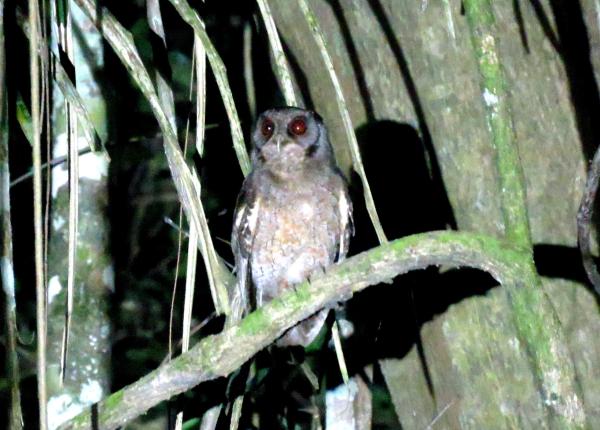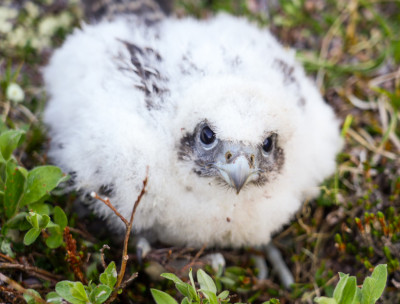Did You Know?
- There are two subspecies of the Tawny-bellied Screech-owl
How The Peregrine Fund is Helping
Though The Peregrine Fund does not work directly with Tawny-bellied Screech-owls, our efforts in scientific research, habitat conservation, education, and community development help conserve birds of prey around the world. We also supply literature to researchers from our avian research library, which helps scientists around the world gather and share important information on raptor conservation. Our work with the Neotropical Raptor Network helps conserve raptors by fostering collaboration and communication among raptor enthusiasts in the region. And, finally, our support of the Global Raptor Information Network gives raptor researchers tools to more efficiently conduct their own studies while contributing to a global program. It also provides citizen scientists a way to participate in raptor science and conservation.
Where They Live
This owl is found throughout parts of the Neotropics, specifically in South American lowland rainforests, as well as in clearings, along forest edges, and sometimes even near human-inhabited areas. It is normally found at elevations lower than 600–700 meters above sea level.
What They Do
The Tawny-bellied Screech-owl is a lovely owl that varies in color from rufous to dark brown. It has distinctive ear tufts (which aren't really ears at all!) and a buffy facial disc, and striking dark orange eyes.
This species doesn't spend time high up in the trees, but prefers instead to perch at around 30 m above the ground, and probably hunts for food in the lower levels of the canopy and brush.
Why They Need Our Help
While the species is categorized as Least Concern, the truth is that so little is known about this owl, we are unsure of the total population numbers. However, it is believed to be relatively common in much of its range. Habitat loss, through deforestation, is likely a direct threat to this species.
What They Eat
Very little is known about the dietary habits of this beautiful little owl. It is believed to feed mainly on insects and very likely on small vertebrates. Apart from this, very little else is known.
Nests, Eggs, and Young
Just like very little is known about the diet of this owl, so too is there scant information about this species' nesting behavior. One described nest was located in cavity in a dead palm tree just a few meters above the ground. We know that these birds lay at least up to 2 eggs.
Tawny-bellied Screech-owl and the World Center for Birds of Prey
Though the World Center for Birds of Prey is far away from Tawny-bellied Screech-owl territory, a visit here offers fun ways to learn about birds of prey. Interactive activities, tours, interesting videos and a children's room feature activities from coloring sheets to quizzes to costumes. There is also a touch table with owl feathers and other natural objects for exploration.
Additionally, a visit here will afford you the opportunity to meet Rusty, our Eastern Screech-owl, and Winston, our Western Screech-owl. They are often out greeting visitors during bird presentations and sit comfortably on their handlers' gloves, which allows you to get a close up view of these exceptionally cute raptors.
References:
Holt, D. W., R. Berkley, C. Deppe, P. L. Enríquez, J. L. Petersen, J. L. Rangel Salazar, K. P. Segars, K. L. Wood, E. de Juana, and J. S. Marks (2020). Tawny-bellied Screech-Owl (Megascops watsonii), version 1.0. In Birds of the World (J. del Hoyo, A. Elliott, J. Sargatal, D. A. Christie, and E. de Juana, Editors). Cornell Lab of Ornithology, Ithaca, NY, USA. https://doi.org/10.2173/bow.tabsco1.01










